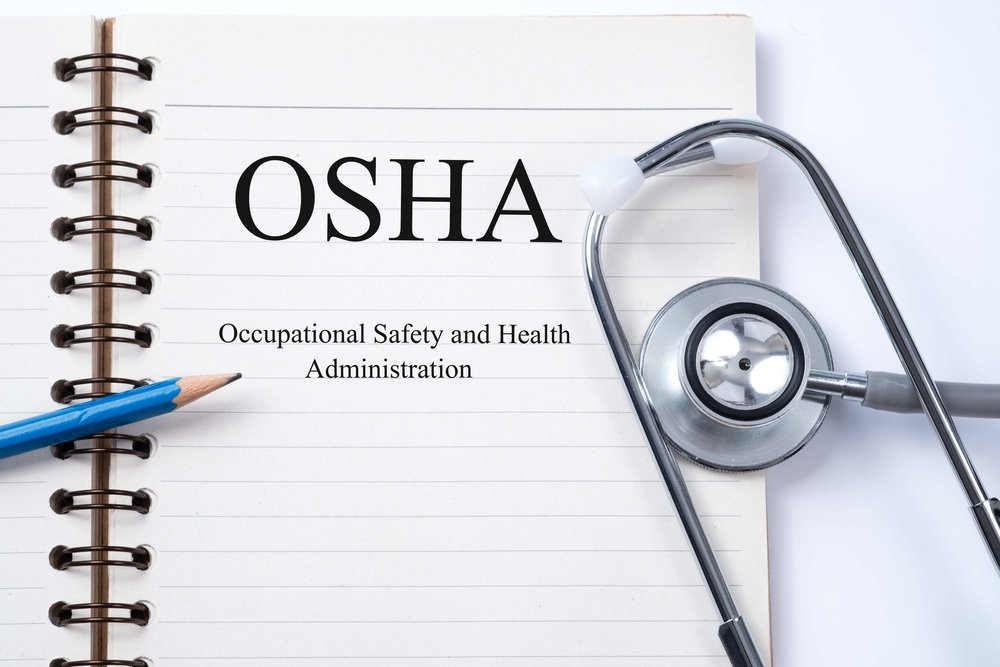5 Easy Steps to OSHA’s Medical Waste
Compliance
The risks posed to healthcare professionals, patients, waste management specialists and the environment from medical waste are substantial, which is why the use, collection and disposal of this waste is closely regulated.
In order to diminish the harmful ramifications of mismanaged medical waste, the Occupational Safety and Health Administration (OSHA) finalized its Bloodborne Pathogens Standard in 1991 and updated it in 2001. To comply with these OSHA standards, as well as your own state and local regulations, it’s important to have systems and processes in place for the safe storage, handling and disposal of medical waste.
Here are 5 steps every healthcare facility should take to ensure they are compliant with OSHA’s regulatory standards:
- You must supply personal protective equipment (PPE) that is appropriate for the type and size of waste cleanup. The inclusion of gloves, gown, mask, shield, hair cover, and shoe covers will minimize exposure to hazards that may cause serious workplace injuries or illness.
- Use absorbents to contain bodily fluid spills and prevent these spills from splashing during handling. Just remember that absorbent materials must also be disposed of safely.
- Mitigate exposure to sharps. Beyond syringes, sharps waste includes scalpel blades, razors, scissors, x-Acto knives, and any other medical item that is used for cutting in a medical environment. It does not matter whether these sharps have been contaminated with biohazard material, they alone pose a risk and must be handled properly.
Glass which has been contaminated with a biohazardous material must be handled with the same care as needles and blades, even if unbroken. If glass is uncontaminated, it is still often treated as a sharp, because it can break during the disposal process.
No matter the sharp, it is very important to store them in the right specially-designed container. This will decrease exposure to a potential injury.
- To ensure you have completely decontaminated a compromised area in your facility, it’s necessary to clean a surface prior to disinfection. To do this you can simply use a product that has been designated as both a cleaner and a disinfectant. Just make sure the disinfectant is EPA-registered in your state.
- This final step is just as important as the others, yet many facilities skim over it. It’s not enough to safely store medical waste, you’ve got to dispose of it properly. Once waste material is contained, use safe and compliant disposal methods according to state and local regulations. Nothing sends up red flags quicker than sharps containers, red bags and spill cleanups that have been thrown out in the regular trash. This not only poses a health risk but can result in serious fines for your facility.
Do you need help managing your medical waste? MedPro Disposal provides full-service management, removal, transportation and disposal of regulated medical waste. Contact us today to learn more.



